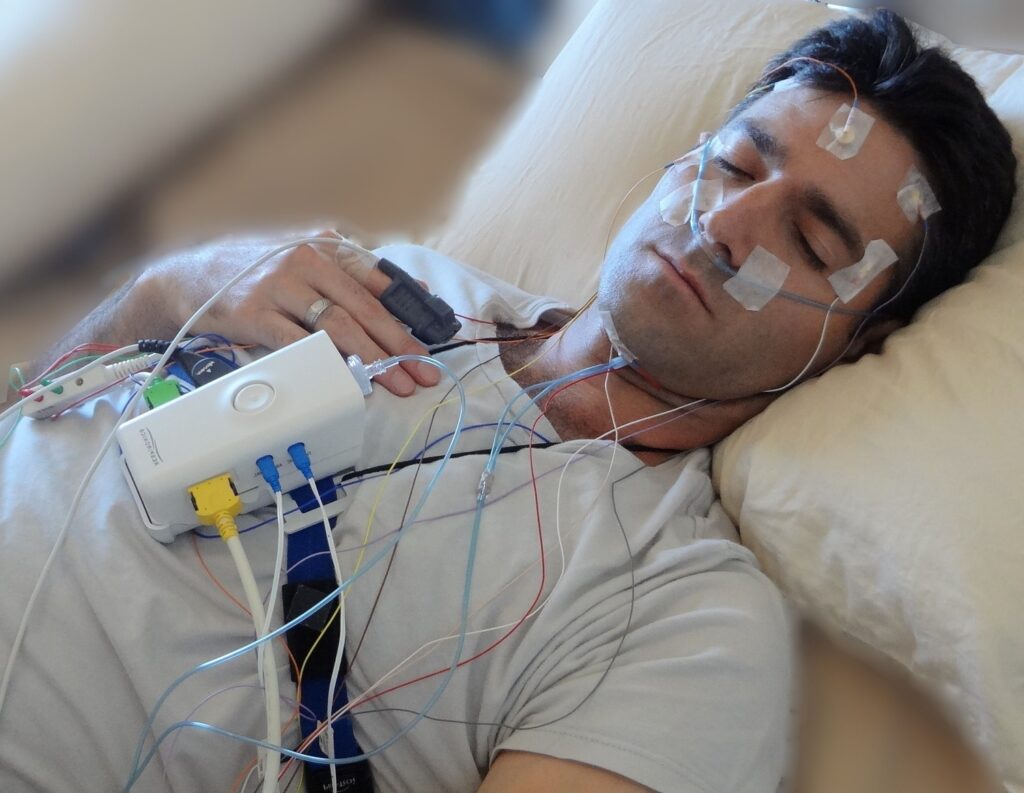

Can energy be harvested using self-sustainable devices? The answer is yes. And you won’t believe how it gets done.
Developers have created a self-sustained energy harvesting device that uses the sweat from our fingertips that are produced while we sleep. When we rest, the human body has the ability to produce close to 100 watts of power Trusted Source Human Energy Converted to Electricity The idea of transforming human body heat into electricity has been an ongoing process for scientists for years. In Sweden, for example, Stockholm Central Station uses heat exchanges to convert commuter body heat into hot water, which is then piped to an office building next door: an approach that can easily be replicated in shopping malls and supermarkets around the world. large.stanford.edu . Researchers were looking to capitalize on that by collecting that energy for use.
Over a few minutes, humans can be able to sustain anywhere from 300 to 400 watts of energy. If the spring or perform some type of physical activity such as exercise, they could output a lot more than that. Some can even get to the point where they can produce nearly 2000 watts of energy. While this energy is considered to be wasted, it can be collected for the purpose of being converted into electricity.
They were able to use a new device such as this energy collector to produce 300 millijoules of energy per square centimeter. This requires no mechanical energy but requires someone to sleep for at least 10 hours. This energy is harvested with one press of a finger.
The amount of energy harvested is enough to power some small electronic devices. But the more energy is harvested (with more time), it can have the ability to power other devices that would need more energy compared to the small devices that can be easily powered by 300 mJ or more.
Energy harvesting devices using a person’s fingertips may seem unheard of years ago. But as of today, it is considered the ‘holy grail’ of energy harvesting devices according to those knowledgeable of such products. With fingertips being the unconventional source compared to sunlight and motion, there’s a reason why it’s being considered a good source.
Our fingertips have the ability Trusted Source Your sweaty fingertips could help power the next generation of wearable electronics | Science | AAAS The small beads of sweat your fingertips produce while you sleep could power wearable sensors that measure glucose, vitamin C, or other health indicators. That’s the promise of a new advance—a thin, flexible device that wraps around fingertips like a Band-Aid—that its creators say is the most efficient sweat-powered energy harvester yet. www.sciencemag.org to generate more sweat compared to other parts of the body. That’s because it has the highest concentration of sweat glands compared to the rest of us. For this reason, it can also be the reason why we may get a good grip on things that we try to open or hold onto.
According to nanoengineering student Lu Yin, sweat rates from the finger can reach high levels like a few microliters per square centimeter per minute. The energy harvester uses a biofuel cell that is connected to the electrodes that come attached to the fingers while the energy is being collected. The cell is powered by a compound from sweat known as lactate.
Once the sweat is absorbed, the biofuel cells undergo many electrochemical reactions, including the oxidation of lactate. The electrons will then move from the lactate and transfer through the biofuel circuit, with the end result being the creation of an electrical current. Though lactate is only required, no additional energy is needed to begin the harvesting process.
The device is equipped with piezoelectric generators that can convert mechanical energy into electricity. As a result, 20 percent of additional energy is produced. For a single press of a finger per hour, at least 0.5 mJ of energy is produced.
Even though it is fairly new, researchers are continuing to improve the device to ensure that it can develop better abilities so it can maximize its ability to convert energy. If successful, the development of this kind of technology will be beneficial for those using certain health devices. Specifically, diabetics that rely on glucose meters may be able to rely on such technology being used for producing energy directly from our fingertips.





